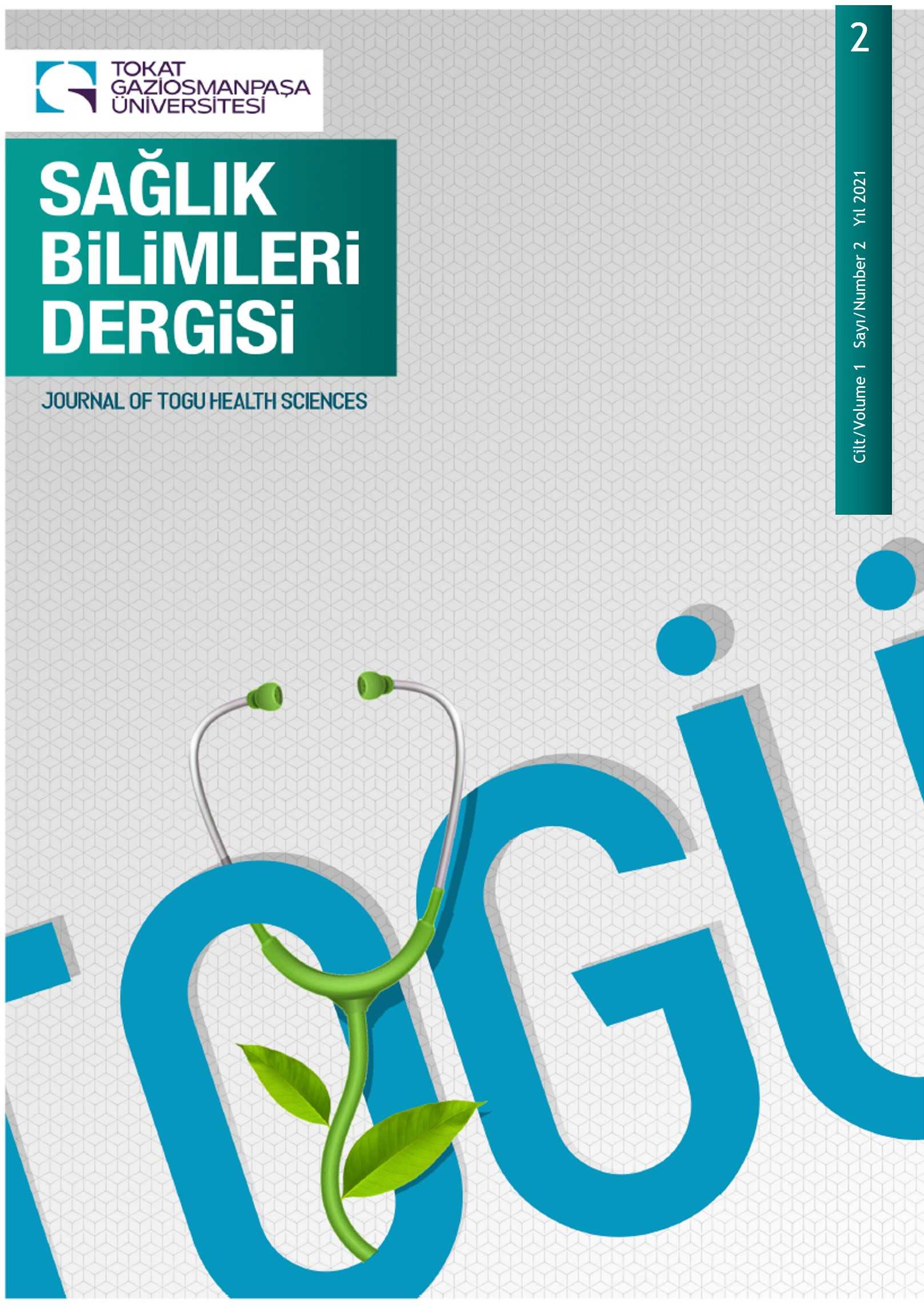
TOGU Sağlık Bilimleri Dergisi
Yazarlar: Gözde KAYA, Tuba KAYA, Nilay YÜREKDELER ŞAHİN, Yeşim BAKAR
Konular:-
DOI:10.52369/togusbd.10
Anahtar Kelimeler:Hemiplegia,Cerebrovascular accident,Technology,Physiotherapy,Telerehabilitation
Özet: Telerehabilitation is one of the methods used to meet the long-term and intensive rehabilitation needs starting from the early period in individuals with stroke. With the development of information and communication technologies, interest in telerehabilitation is increasing every year. Exercise approaches, rehabilitation applications combined with virtual reality, robot-assisted training, and cognitive rehabilitation are some of the methods offered through telerehabilitation in individuals with stroke. It has been reported that telerehabilitation improves the motor, speech, and cognitive functions and quality of life of individuals with stroke. In studies conducted with individuals with stroke in the literature, it is reported that telerehabilitation has similar effects to traditional rehabilitation. With telerehabilitation, access to treatment can be increased by reducing geographical, physical, and motivational barriers to rehabilitation. However, lack of standard procedures and protocols, insufficient technical facilities, and difficulties in adapting to the use of technological tools limit telerehabilitation practices. With the COVID-19 pandemic, telerehabilitation practices have become more widespread in this process to enable patients to access rehabilitation services or to prevent possible secondary complications. Telerehabilitation is seen as an alternative method that enables the development of rehabilitation services in addition to face-to-face rehabilitation services.